Newborn Screening (NBS) for Aicardi Goutieres Syndrome (AGS)
When infants are born, many states and countries perform routine testing for preventable and treatable disorders. Doctors or nurses take a few drops of blood from a prick of the baby’s heel, and they place these blood spots to dry on uniform paper cards. A laboratory will then screen these blood spots for a number of disorders and conditions (the list of which can vary greatly depending on where you live), and families will be notified of any results that indicate the probability of a certain condition. Generally speaking, the list of conditions screened for is limited for cost reasons and prioritizes disorders that benefit from early treatment. There are many steps to developing an NBS program for a disorder, and the AGSAA is partnering with the Vanderver lab at the Children’s Hospital of Philadelphia to make it a reality.
Newborn screening is one of the most successful public health programs ever undertaken in the United States. For nearly 60 years, newborn screening has been saving and improving the lives of children and their families through the early identification of diseases that cause permanent disability or death if not identified and treated as early as possible. While individual states administer these screening tests at the birth of an infant and determine which recommended conditions to test for, Health Resources and Services Administration, National Institutes of Health, and Centers for Disease Control provide critical support, both financial and technical, at the federal level for these programs. NORD advocates for robust newborn screening programs at both the state and federal level to ensure the continued benefit to infants and their families.
Where We Stand
The Vanderver lab (along with their scientific partners) has identified multiple potential analytes for newborn screening. These are substances that can be collected and measured from dried blood spots to indicate that a child might develop AGS. The team has previously reported some of these results, proving that identification of AGS from newborn blood spots is possible.
[These findings] suggests that inflammatory markers in AGS can be identified in the newborn period, before symptom onset.
CHOP has since identified RNA and Protein analytes as potential NBS markers, but a lot of additional testing needed to verify across the many AGS genotypes. Ideally, we want to develop an AGS screening test capable of identifying newborns with disease related to any of the currently identified AGS associated genes.
How We’re Advancing
The AGSAA will be identifying and referring families to enroll in CHOP’s Myelin Disorders Biorepository Project with the help of a CHOP program coordinator. Either the AGSAA or the coordinator will review information you provide (birthplace, date of birth) to determine if your state or country still has your child’s NBS card in storage. Then, CHOP will prepare the appropriate paperwork to consent you to their research study and grant them permission to collect your child’s NBS card.
What Comes Next
First, we’ll need to validate potential NBS tests using the cards we’ve helped collect. A laboratory scientist will measure candidate compounds from blood spots in the collected cards and analyze the sensitivity of each. This will require a dedicated AGS researcher and money for materials and lab time. We expect to hold a fundraising campaign to hire and support this effort.
Second, we’ll work to get our NBS test into a pilot program (e.g. ScreenPlus in New York), where it can be demonstrated to work in real world scenarios. We can’t anticipate what the NBS climate will look like at this time, but many candidate tests for disorders spend years under evaluation in pilots in numerous states. We’ll cross this bridge when we get to it.
Finally, with a successful test and pilot we will advocate for inclusion in the Recommended Uniform Screening Panel maintained by the US government’s Department of Health and Human Services (HHS) to guide states and recommend disorders and tests for universal screening. Many organizations (e.g. The Leukodystrophy Newborn Screening Action Network) already advocate for US states to adopt policy changes and legislation that will ensure uniform screening. Additionally, inclusion of an AGS test in RUSP should advance NBS screening for this disorder around the world.
How You Can Help
Please contact info@agasaa.org to participate and let us know that you’d like to help our efforts. Simply provide your child’s name, age, and place of birth and we’ll verify your localities NBS card retention policies and connect you with CHOP.
